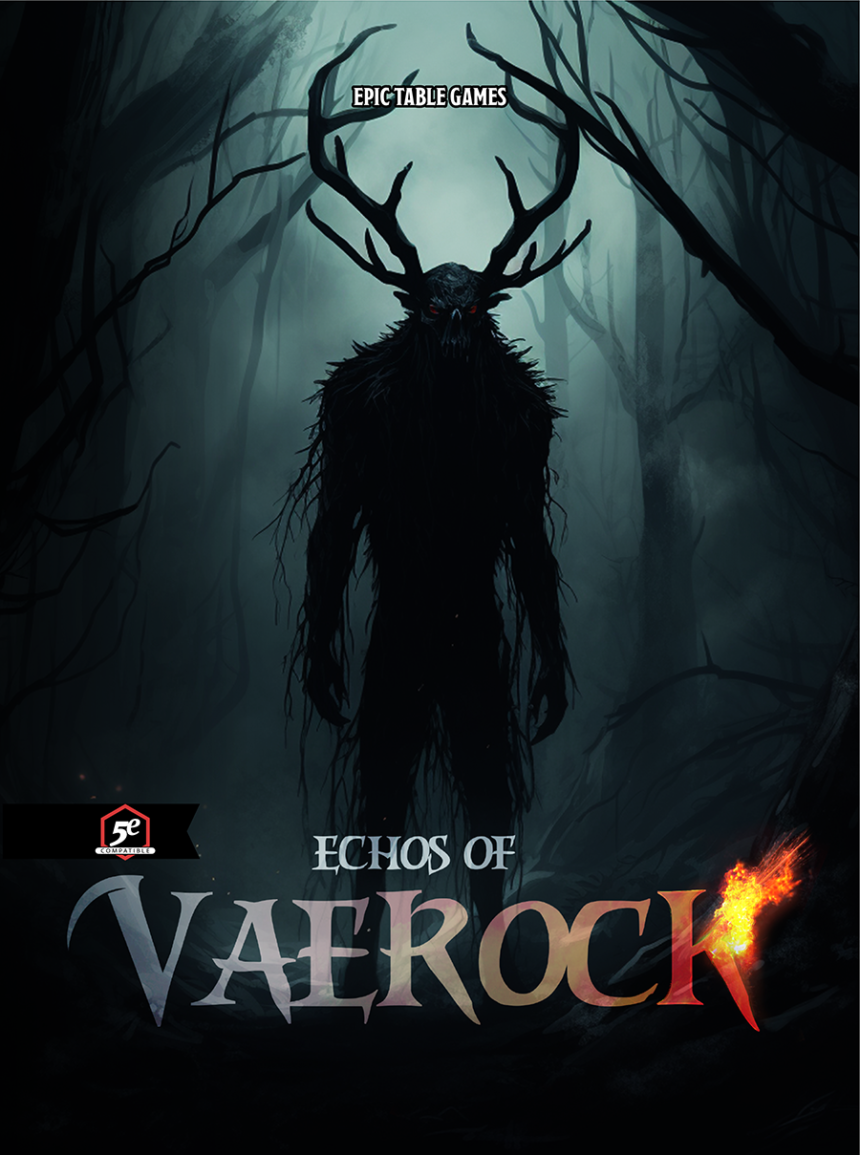Designing captivating adventures for tabletop role-playing games (TTRPGs) involves a delicate balance between engaging storytelling, intuitive formatting, and providing Dungeon Masters (DMs) with the tools they need to run a seamless and adaptable game. In this comprehensive blog post, we delve into three critical aspects of adventure design that often go unnoticed: formatting, DM accessibility, and format evolution. By understanding the importance of all these elements, we can create immersive experiences that empower DMs and enhance player enjoyment.
The Impact of Formatting:
Formatting serves as the visual and structural backbone of a game, setting the tone and guiding players through the adventure. However, the journey of Epic Table Games towards perfecting their formatting was not a linear one. In their early adventures, the formatting may have been inconsistent or lacked clear organization, making it challenging for DMs and players to navigate the content smoothly.
As we evolved, we dedicated time and effort to refine their formatting approach. We realized that aesthetics and readability are crucial factors in capturing players’ attention and fostering engagement. With each subsequent adventure, we took intentional steps to ensure their formatting was consistent, intuitive, and visually appealing. Clear headings, logical structure, and eye-catching design elements became integral parts of their adventure materials, drawing players deeper into the immersive world they crafted.
DM Accessibility and Seamless Adaptation:
One common complaint in adventure design is the lack of DM accessibility, which hinders their ability to adapt the adventure on the fly. In the early days, we recognized this challenge and acknowledged the importance of providing DM-specific notes. We understood that DMs needed essential information to anticipate player choices, prepare alternative encounters, and make seamless adjustments during gameplay.
In our later adventures, we implemented a strategic shift in our approach. By consciously prioritized providing DM-specific notes prior to the content intended for the players. By doing so, we empowered DMs with crucial insights, suggestions, and details necessary for improvisation and adaptation. This approach allowed DMs to internalize the adventure’s structure, themes, and potential twists, fostering greater flexibility and confidence in responding to unexpected player actions.
The inclusion of DM-specific notes addressed the issue of DMs feeling ill-equipped to make timely adjustments during gameplay. By providing a roadmap that outlines potential paths the players may take, DMs were able to prepare alternative encounters or plot threads in advance. This proactive approach ensured a smoother gameplay experience, as DMs could seamlessly adapt the adventure based on the players’ decisions.
Format Evolution Journey:
We recognized that the formatting of adventure materials plays a significant role in enhancing the overall player experience. We embarked on a format evolution journey, taking feedback from players, DMs, and their own playtesting experiences to inform our decisions. With each adventure (including ones yet to be published), we implemented iterative changes, refining and improving our formatting approach.
In the early stages, We experimented with different layout designs and content organization. We analyzed the impact of font styles, font sizes, and color schemes on readability. Through player feedback and careful observation, we identified areas where the formatting could be streamlined and made more intuitive.
As our adventures progressed, we focused on achieving consistency in our formatting elements. We established style guides and design templates, ensuring that headings, subheadings, and text styles were uniform across their adventure materials. This consistency created a cohesive visual language that players and DMs could easily navigate.
Moreover, we paid close attention to the balance between textual information and visual aids. We realized that incorporating maps, illustrations, and diagrams improved the overall accessibility and immersion of their adventures. By strategically placing visual elements alongside relevant text, this enabled DMs and players to visualize the world and its inhabitants more vividly.
Designing adventures that captivate players and empower DMs requires a deep understanding of formatting, DM accessibility, and format evolution. We exemplified the importance of listening to the needs and feedback of DMs. We revolutionized our formatting approach, providing a comprehensive bestiary, standardizing monster and NPC stat blocks, and offering customization suggestions. By doing so, we ensured that DMs had the necessary tools at their disposal to create unforgettable tabletop experiences.
The journey of adventure design is an ongoing process of evolution. By actively seeking feedback, analyzing gameplay experiences, and embracing innovation, adventure designers can continuously refine their formatting approach. This commitment to improvement not only enhances DM accessibility but also fosters a thriving and supportive TTRPG community.
As adventure designers, let us reflect on our own journey. Let us recognize the impact of formatting, prioritize DM accessibility, and embrace the evolution of ouar formats. By doing so, we can craft adventures that not only captivate players but also empower DMs to create rich, dynamic, and immersive worlds that will be remembered for years to come.






